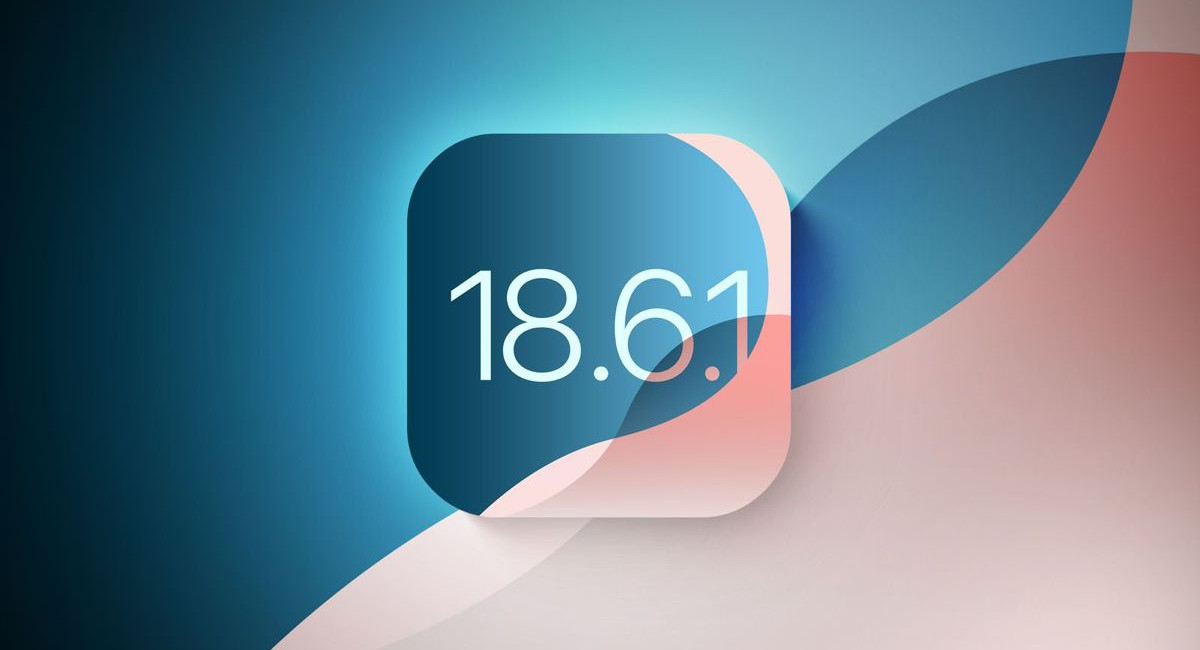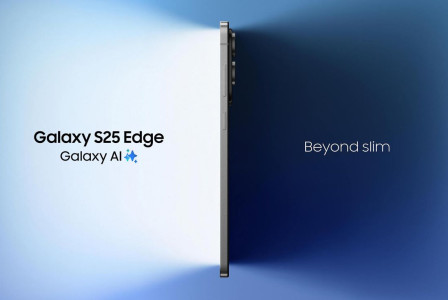SEARCH
iOS 18.6.1 introduces redesigned Blood Oxygen feature

SHARE IT
Apple has begun rolling out iOS 18.6.1 to iPhone users, delivering a notable health-related improvement aimed at select Apple Watch models in the United States. The update introduces a redesigned version of the Blood Oxygen feature, now available for Apple Watch Series 9, Series 10, and Apple Watch Ultra 2, but only for those devices sold in the U.S. that lack the original functionality.
This development marks a significant milestone in Apple’s ongoing efforts to reintroduce the feature in its U.S. lineup. Over a year and a half ago, the company was forced to remove Blood Oxygen monitoring from Apple Watch units sold in the country due to a legal dispute with medical technology firm Masimo. The redesigned system allows Apple to restore this capability without violating the contested patents, offering users a streamlined, albeit slightly altered, way to track their oxygen saturation levels.
After updating to iOS 18.6.1 on iPhone and watchOS 11.6.1 on Apple Watch, users can access the feature via the Blood Oxygen app on the watch. The process begins with initiating a session, during which the Apple Watch sensors collect raw data. Unlike the original implementation, however, the calculation of oxygen saturation now happens on the iPhone, not the watch. The final measurements are stored in the Health app under the Respiratory category, where users can review their results. One notable change is that readings are no longer displayed directly on the watch itself, marking a shift toward a more phone-centric approach to data processing and presentation.
Apple emphasizes that the redesign does not affect Apple Watch units already sold in the U.S. with the original Blood Oxygen feature enabled, nor does it impact devices purchased outside the country. This means that the changes are targeted specifically at U.S. customers who bought newer models without the feature during the restriction period.
The update itself is otherwise minimal, containing no new features beyond this addition. To install iOS 18.6.1, users need to head to the iPhone’s Settings app, select General, then tap on Software Update. Once completed, the paired Apple Watch will also download an additional software component—referred to as an “over-the-air asset”—necessary for the new Blood Oxygen functionality. Apple notes that this download can take up to 24 hours to complete. Users can potentially speed up the process by opening either the ECG app on their Apple Watch or the Health app on their iPhone, which prompts the device to prioritize the download.
For Apple, this update is as much about compliance as it is about functionality. By shifting data processing from the watch to the iPhone, the company has found a way to navigate the legal constraints imposed by its dispute with Masimo. At the same time, it ensures that customers in the U.S. can once again benefit from a feature that has long been standard in most regions worldwide.
While some users may miss the immediacy of viewing results directly on their wrist, the redesigned system still provides access to oxygen saturation tracking, maintaining its usefulness for general wellness monitoring. The approach may also set a precedent for how Apple handles similar situations in the future, potentially influencing the design of other health-related features that could face regulatory or patent-related hurdles.
MORE NEWS FOR YOU

 Help & Support
Help & Support 

